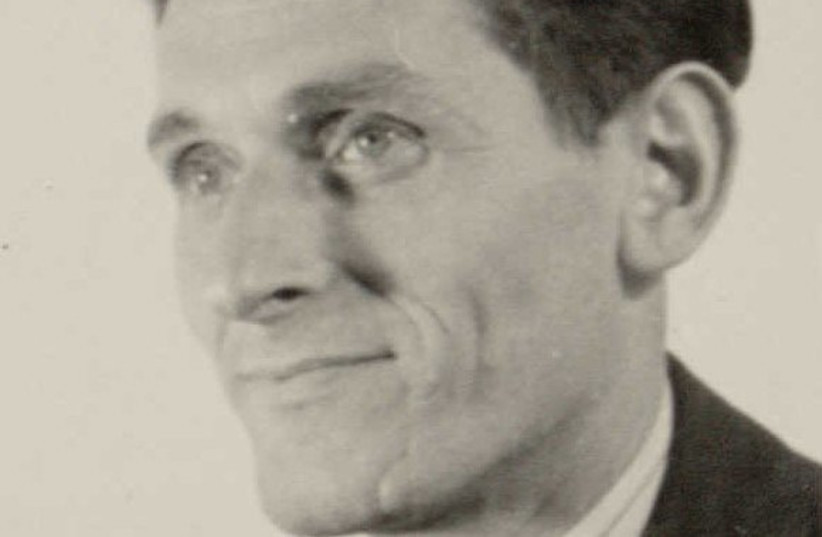A mass grave of Jews killed by the Nazis has been identified in Latvia following decades of searching.
Separately, the body of a World War II Jewish resistance fighter buried in a mass grave has been identified in the Netherlands.
The grave in Latvia was located using technology created by American researchers, LTV News Service reported Wednesday. It holds the bodies of dozens of Jews murdered by the Nazis in July 1941 in the western Latvian city of Liepāja. The massacre, one of a series of Nazi mass murders of thousands of Jews in the area over the course of that year, was filmed by German soldier Reinhard Wiener, and the footage survived the war.
Wiener’s film includes shots of the trenches where the Jews were murdered, as well as the city’s historic lighthouse. For decades, researchers had tried to use the lighthouse as a landmark in order to identify the exact location of the mass graves, but those efforts were unsuccessful.
This summer, a team of students and researchers led by Harry Jol and Martin Goettl from the University of Wisconsin-Eau Claire, and Philip Reeder from Duquesne University in Pittsburgh, were invited to Liepāja to search for the grave. Using soil sampling and georadar analysis, they were able to locate the mass burial site from 82 years ago.

“There are historical maps that we can compare with our data and see changes in the soil layers,” Jol told Latvian Public Media. “We can use the dendrological method, determined by the age of trees. There is also a relatively new technique for soils — optically stimulated luminescence dating.”
According to Latvian press reports, the researchers are certain that the grave they located is the one filmed by Wiener, and are looking for documents and testimony to buttress that finding.
The area of the mass grave is currently being leased by a Lithuanian fish processing company, Ilana Ivanova, a representative of the Jewish community in Liepāja, told LTV News Service.
Ilya Lensky, director of the Museum of Jews in Latvia, told LTV News Service that he believes the site should be marked as a memorial to honor the Jews who died there. Gunārs Ansiņš, the mayor of Liepāja, said that discussions are ongoing in the municipal council to address what to do with the site.
Body of Jewish resistance hero recovered
In the Netherlands, the body of Jewish resistance hero Bernard Luza was also identified in a mass grave, according to a statement from the Dutch Defense Ministry published on Tuesday. Luza was executed by firing squad in 1943, when he was 39, after he and hundreds of Jews were arrested following a raid on a factory in Amsterdam the previous year.
Luza was a member of the Dutch Communist Party and People’s Militia, and joined the resistance after the Nazi takeover of the Netherlands in May 1940. He was accused of distributing an illegal newspaper and encouraging acts of sabotage.
“Now, through the use of DNA technology employed in a relationship study, his remains were finally identified,” said Geert Jonker, head of the ministry’s forensic unit specializing in identifying human remains, according to Agence France-Presse. According to the ministry statement, the ministry ascertained Luza’s identity after a cousin of his was identified in Australia.

In 1945, Luza’s body was discovered buried along with four others. Two of those bodies were identified soon after as those of Theodorus Cramer and Carel Abraham, and a third was identified a decade ago as Nicolaas van der Horst, but Luza’s remained a mystery until this year.
Just two months after they received a farewell letter from Luza before his execution, his wife Clara and daughter Eva were murdered at the Nazi Sobibor extermination camp. Luza’s father Solomon and five of his siblings were also murdered at Auschwitz and Sobibor.
